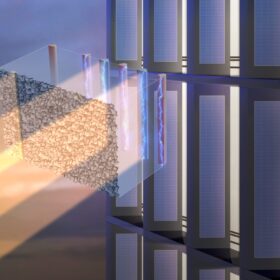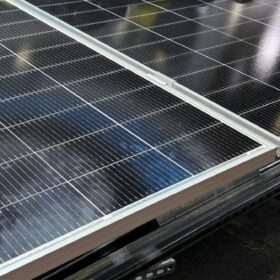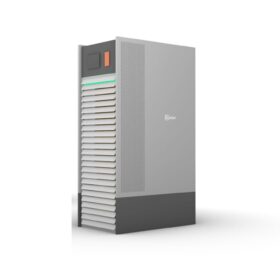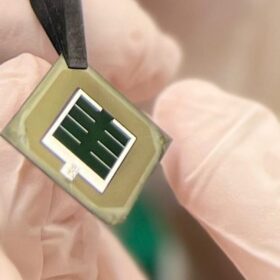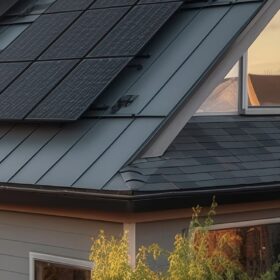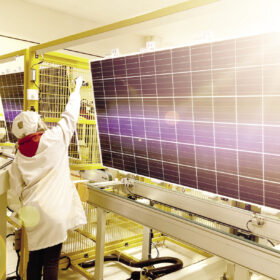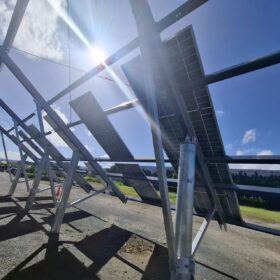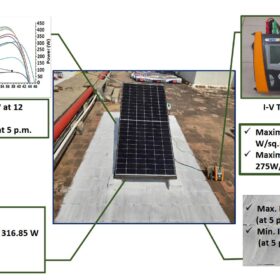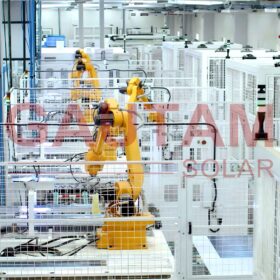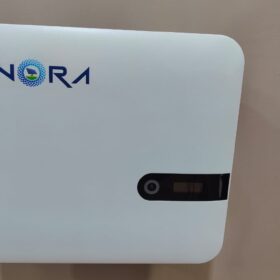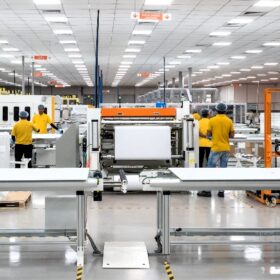Longi unveils heterojunction BC solar cells with 27.3% efficiency
The Chinese manufacturer said the device is based on dense passivating contacts that reduce parasitic light absorption and improve passivation. It used a streamlined manufacturing technique that is reportedly about one-third more effective than TOPCon mainstream technology.
Solar modules now selling for less than €0.06/W in Europe
Solar module prices reached a new low last week, says Leen van Bellen, business development manager Europe for Search4Solar, a European purchasing and selling platform for solar products. He tells pv magazine that prices will remain low in the short term.
Nepal allocates 960 MW in PV tender with lowest bid of $0.037/kWh
The Nepalese authorities had originally planned to allocate 800 MW of PV capacity through the procurement exercise. The 64 selected projects range in size from 5 MW to 50 MW.
Italian startup offers green hydrogen generation, storage system for homes
Italian startup Hybitat Srl has developed a hydrogen production and storage system for long-term storage of surplus residential and commercial solar power. The system includes a main unit with an electrolyzer and fuel cell, as well as a storage unit with 3 kg of hydrogen capacity and 100 kWh of energy capacity.
What happens when malware hits PV systems
A random malware variant affected about 800 remote monitoring devices at ground-mounted PV plants in Japan in May 2024. Tokyo-based cybersecurity firm Girasol Energy has told pv magazine what happened and how PV asset owners can protect themselves against such incidents.
KAUST, Helmholtz-Zentrum Berlin present 31.2%-efficient blade-coated perovskite-silicon tandem solar cell
The perovskite-silicon tandem device has a two terminal configuration and a 2D perovskite layers at the bottom interface. It was able to retain around 80% of its initial efficiency for 1,700 h.
JinkoSolar announces new TOPCon solar modules with efficiency of 24.8%
The Chinese manufacturer said the new Tiger Neo 3.0 modules are available in two versions with outputs of 495 W and 670 W.
Trina Solar sues Canadian Solar for alleged TOPCon patent infringement
Trina Solar has filed a lawsuit against Canadian Solar in a US court, claiming patent infringement on an unspecified tunnel oxide passivated contact (TOPCon) solar cell technology.
JinkoSolar, Trina say TOPCon modules outperform p-type back-contact panels
JinkoSolar and Trina Solar have separately reported that on-field testing shows tunnel oxide passivated contact (TOPCon) solar modules outperform p-type back-contact PV modules in monthly power generation.
Optimal tilt angle for bifacial PV deployed on white-painted ground surfaces
Scientists in India have analyzed the performance of a bifacial PV module installed on a white-painted ground surface and have found a 30-degree tilt angle outperforms all other inclinations angles in terms of power output.

